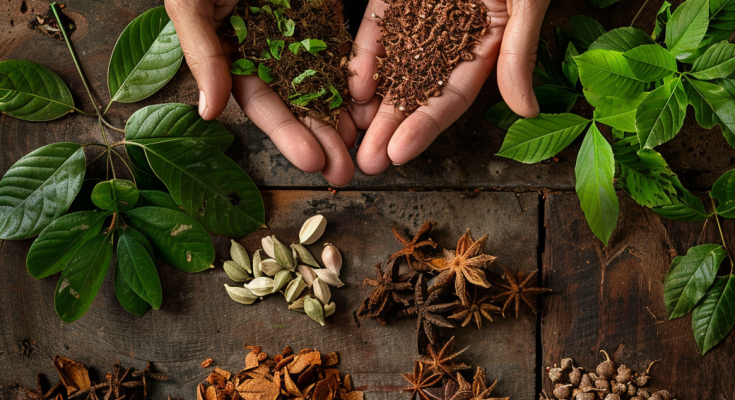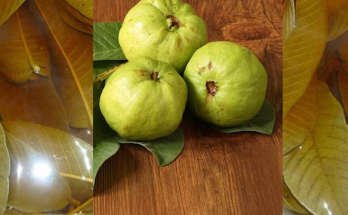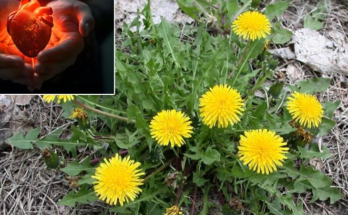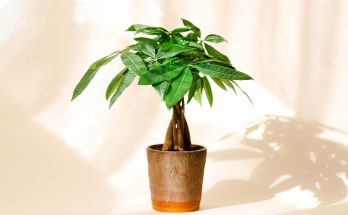Star anise, with its distinct star-shaped appearance and an enticing licorice flavor, is not only a culinary delight but also a prized component in traditional medicines. Although native to Northeast Vietnam and Southwest China, you can grow star anise in pots right at your home, regardless of your global location. This guide will walk you through each step, from seed to harvest, ensuring you can cultivate this exotic spice in your own garden.
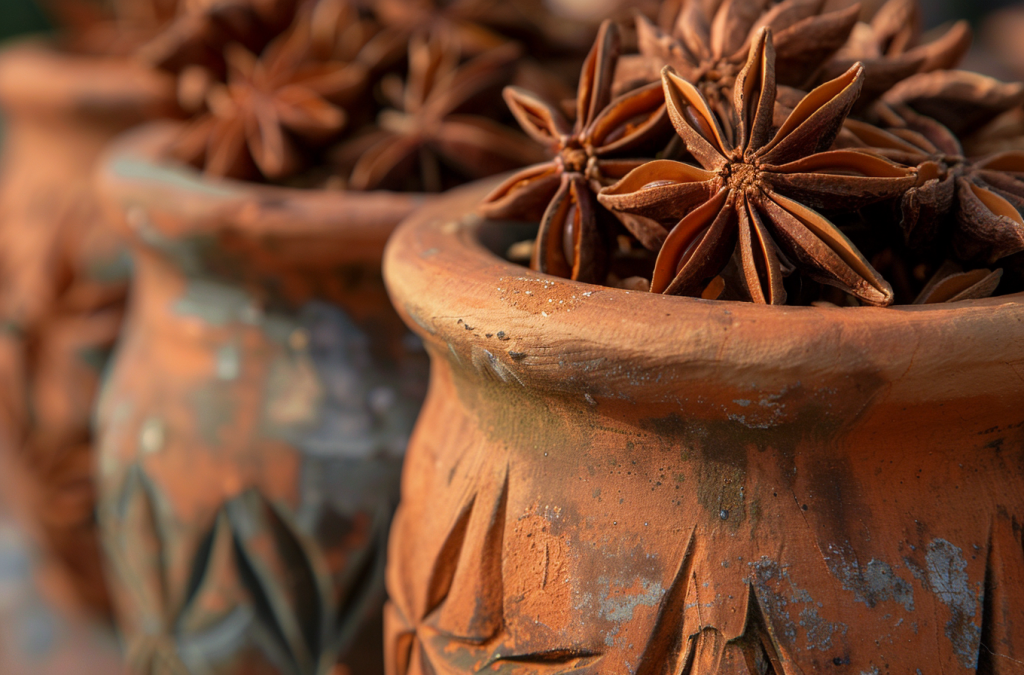
Understanding Star Anise
Illicium verum is the true star anise that is used both as a spice and in herbal medicine, not to be confused with the toxic Japanese star anise. This evergreen tree can grow quite large but adapts well to container living if properly managed.
Choosing the Right Container
- Size: Choose a deep pot with at least 18-24 inches in diameter because star anise has a taproot system that requires space to grow.
- Material: Ceramic or terracotta pots are preferable as they provide breathability and help manage moisture levels.
- Drainage: Ensure your pot has excellent drainage to prevent waterlogging, which star anise roots do not tolerate well.
Propagation and Planting
Growing star anise from seeds can be challenging due to their hard outer shell, which results in a low germination rate.
- Seed Preparation: Soak the seeds in water for 24 hours to soften the tough outer shell.
- Soil Requirements: Use a well-draining, fertile potting mix with a pH level of 6.5-7.5. Enriching the soil with aged compost can enhance fertility.
- Planting: Sow the seeds about an inch deep into the soil and space them roughly 2-3 inches apart. Cover lightly with soil and water gently.
Optimal Growing Conditions
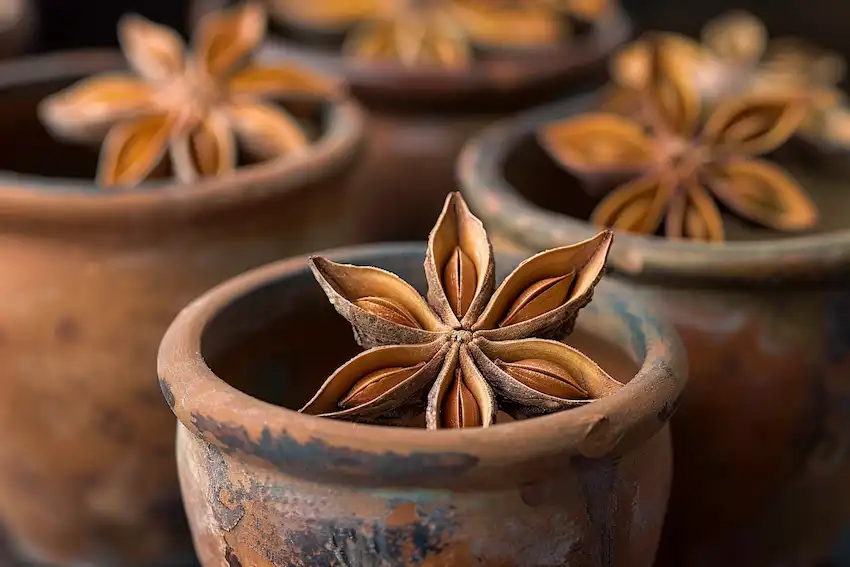
- Light: Star anise requires full sun, so position your pot where it will receive at least six to eight hours of sunlight daily.
- Temperature: It thrives in temperatures between 55°F and 75°F. If you live in a cooler climate, you may need to move your pots indoors during winter.
- Humidity: This plant loves humidity. If your environment is dry, consider using a humidity tray or misting the leaves regularly.
Care and Maintenance
- Watering: Water the plant when the top inch of soil feels dry. Star anise does not like overly wet conditions, so it’s crucial to allow the soil to dry out slightly between watering sessions.
- Fertilizing: Feed with a balanced, slow-release fertilizer every two months during the growing season.
- Pruning: Regular pruning isn’t necessary unless you are controlling its size or removing dead or diseased branches.
Pest and Disease Management
Star anise is relatively disease-resistant but watch out for common pests like aphids and spider mites. Use organic pesticides or introduce natural predators like ladybugs to your garden as a control measure.
Harvesting
- Time: It takes about six years for star anise trees to begin producing fruit, and seeds are usually harvested in the autumn.
- Method: Harvest the seed pods when they mature but before they open. Dry them in a place away from direct sunlight to preserve the essential oils.
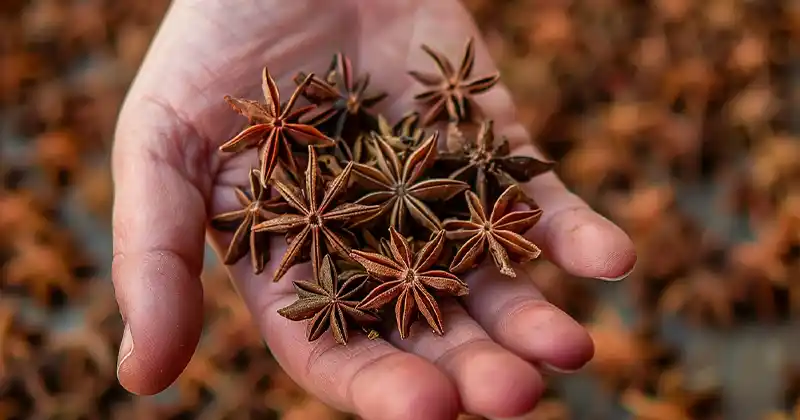
Challenges and Tips
- Patience is key: Growing star anise is a long-term commitment, especially when starting from seed.
- Regular check-ups: Monitor the plant for signs of stress or disease and adjust care as needed.
- Overwinter indoors: If temperatures drop below 55°F, it’s best to bring your star anise indoors.
Growing star anise in pots is an ambitious but rewarding endeavor. With patience and proper care, you can enjoy both the aesthetic and culinary benefits of this exotic spice. Whether used in cooking, as a decorative piece, or in medicinal teas, star anise is a delightful addition to any home garden.
